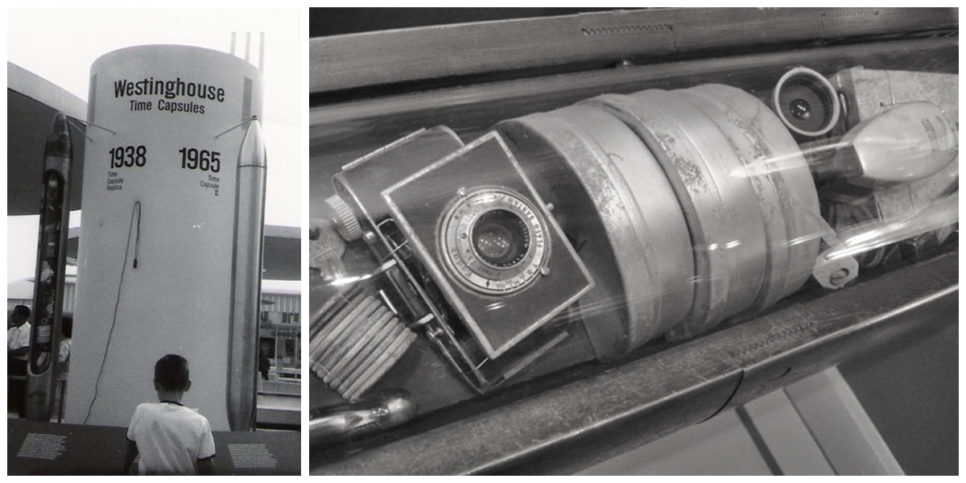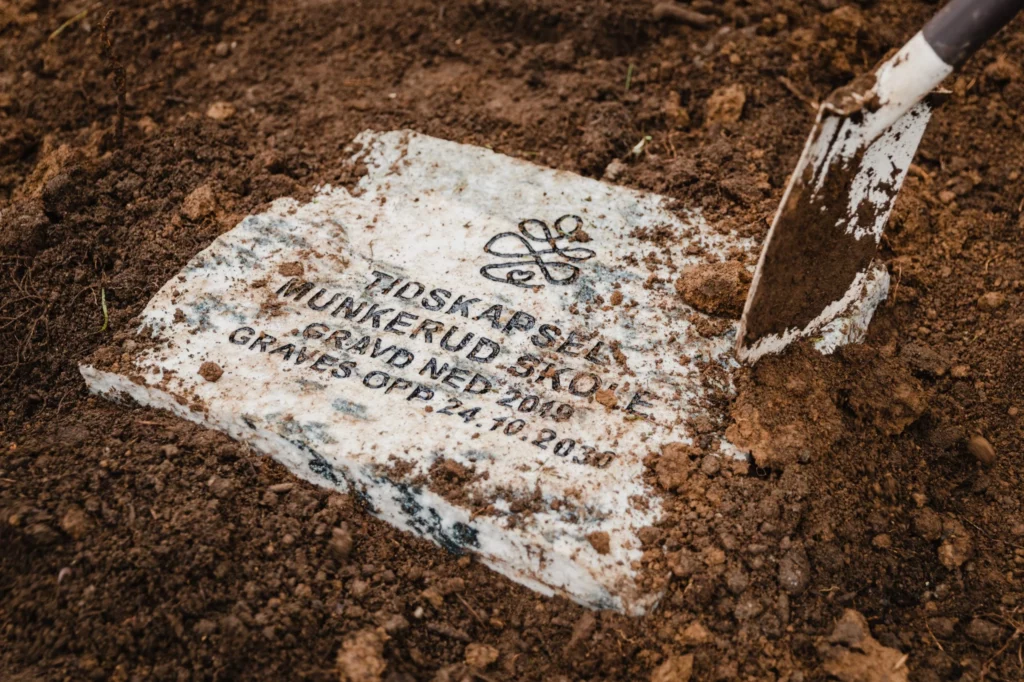Time capsules are like hidden treasures, buried beneath the earth or sealed within walls, waiting for the right moment to reveal their secrets. These capsules, filled with objects, letters, and artifacts, are created as messages from one generation to another, preserving a snapshot of life at a particular time. Their contents can offer a fascinating glimpse into the past, capturing the hopes, fears, and daily realities of the people who created them.
The Fascinating History of Time Capsules
The concept of time capsules dates back centuries, though it gained popularity in the 20th century. One of the most famous early examples is the Crypt of Civilization in Georgia, USA, sealed in 1940 and intended to be opened in the year 8113. This time capsule contains everyday items like a can opener, a typewriter, and even microfilm containing literary works, offering a detailed look at life in the early 20th century.

Westinghouse Time Capsule
In 1939, the Westinghouse Time Capsule was buried during the New York World’s Fair, filled with items like a fountain pen, a baseball, and messages from Albert Einstein and other luminaries. It is set to be opened in the year 6939, providing future generations with a unique perspective on the world of the 20th century.
Time Capsules Around the World
Time capsules have been created all over the world, each with its own unique story. In Australia, a time capsule buried in 1988 during the country’s bicentenary celebrations is set to be opened in 2088. It contains items that reflect the culture and technology of the time, including a computer mouse and a floppy disk, which will surely be intriguing relics in the digital future.

xpo ’70 Time Capsule
In Japan, the Expo ’70 Time Capsule was buried in Osaka and is designed to last 5,000 years. It holds an array of objects, including a silk kimono, a sample of sake, and even a small radio, offering a window into Japanese life in the 20th century.
What Lies Beneath: The Mystery and Anticipation
What makes time capsules so captivating is the anticipation of what lies beneath. Some capsules have already been discovered unexpectedly, like the one found during renovations at West Point Military Academy, which contained coins, a newspaper from 1828, and a small book. Others remain sealed, with their contents shrouded in mystery, waiting to be unearthed by future generations.
While time capsules are intended to be opened at specific dates, the excitement and curiosity surrounding them often grow as those dates approach. They remind us of the ever-changing world and how much can be preserved through simple acts of preservation.
Time capsules are more than just containers of objects—they are messages in a bottle, sent across time to remind future generations of who we were and what mattered to us.
